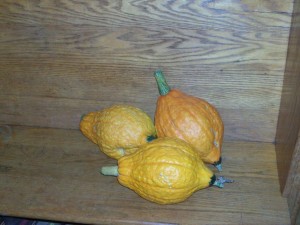Reading over some of these four hundred pages of farm notes the other day and the saying “the more things change the more they stay the same” crossed my mind. Certain themes are recurrent: food, labor, the seasons, community and chaos.
Last night after a long and productive day as we watched raw sewage bubble up through the access cap to the septic line the latter theme was on my mind. The day started with Caleb and me trudging up to the back for a five hour session of mending fences. Hard but gratifying work under blue skies and cool fall temperatures is not the worst way to spend a portion of one’s day. Around one o’clock we headed back home, put our tools away and went in the house. Caleb departed soon after for home and Cindy caught me up on her morning.
She had made a trip to town for livestock feed, got her haircut, made yogurt and put an errant steer up… three times. She gave up on him after the fourth escape. So, tired and ready for my beauty rest we instead both put on our boots and went in search of him. Easily found standing in our neighbor’s yard we put him back up and moved the herd to a new pasture. Well, at least we tried numerous times. The herd was not in a cooperative mood. We gave up.
Back in the house Cindy napped while I renewed my knowledge on honey extraction. She arose after an hour refreshed and we headed out and spent a couple of hours raiding the hives for honey. Twelve quarts of honey later, a few thousand aggrieved bees and we were done except for the clean-up.
We walked back in the house, satisfied but weary, for coffee. It was my night to cook so I pulled out a rooster that had been thawing in the fridge and got to work. Cindy pulled her boots back on, got the dogs, and moved the cattle up to the back forty. Hopefully they will all be satisfied with the menu of fescue and stay within our property lines.
She finished up the chores while I finished a dish of chicken mole poblano with a side of rice and a salad of rocket greens. We dined, mostly in silence, tired from a long day with some unexpected detours. An hour or so before bed, after an excursion to the bathroom, it was discovered that the commode was unresponsive: Cue standing out in the dark watching the sewage fountain.
Up at dawn I pulled out our electric auger and cleared the drain to the septic system. Anarchy or Order: some days all we do is hold the one at bay.


